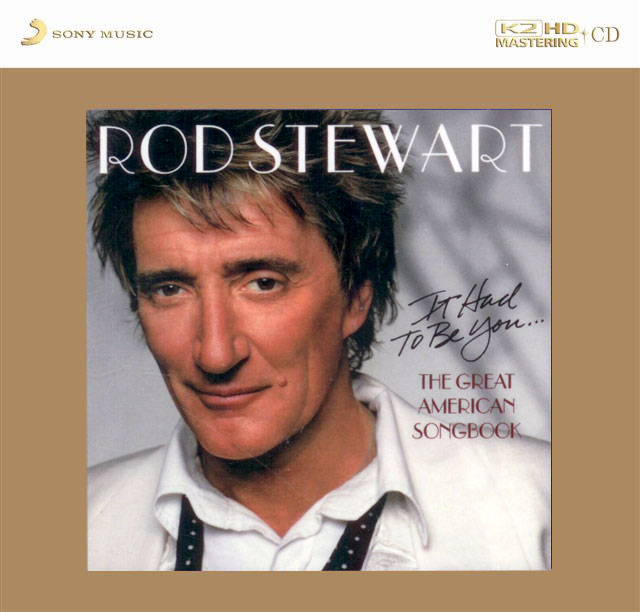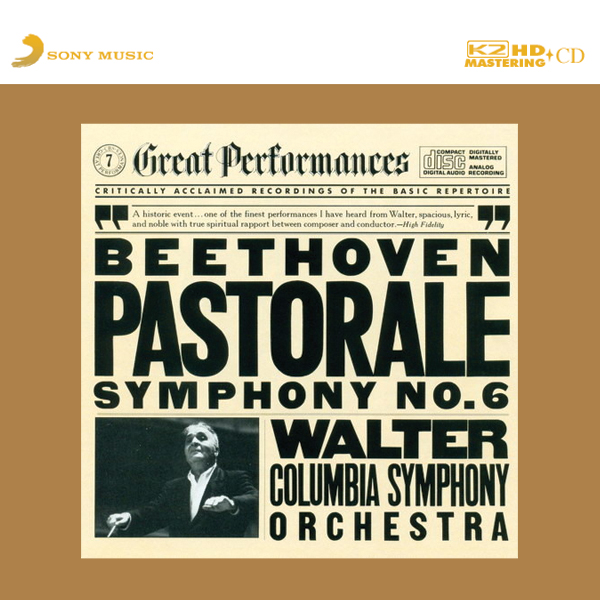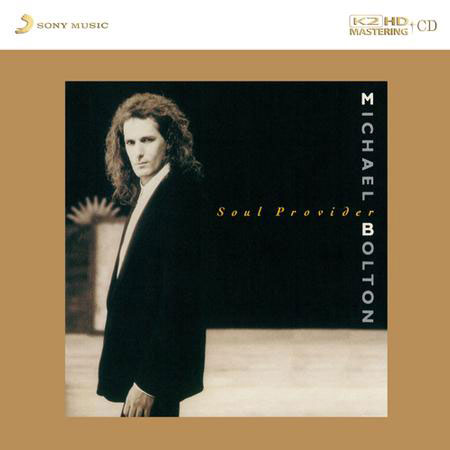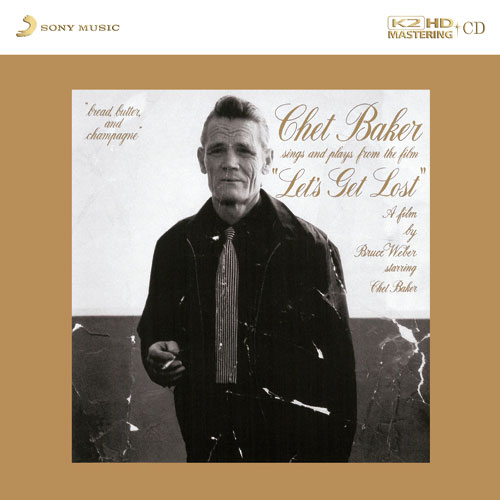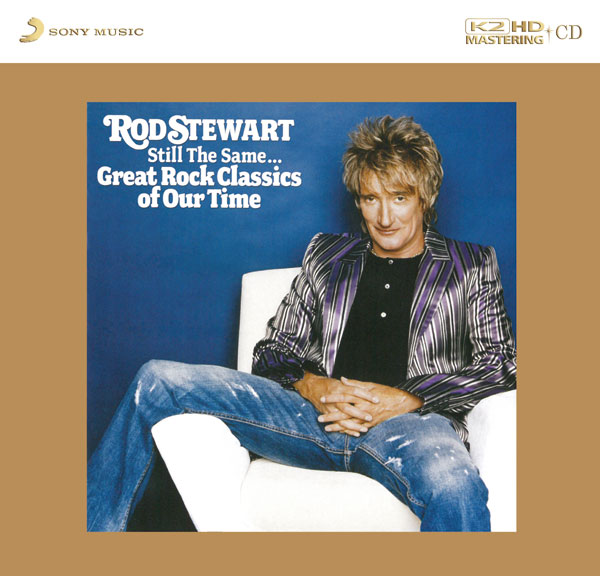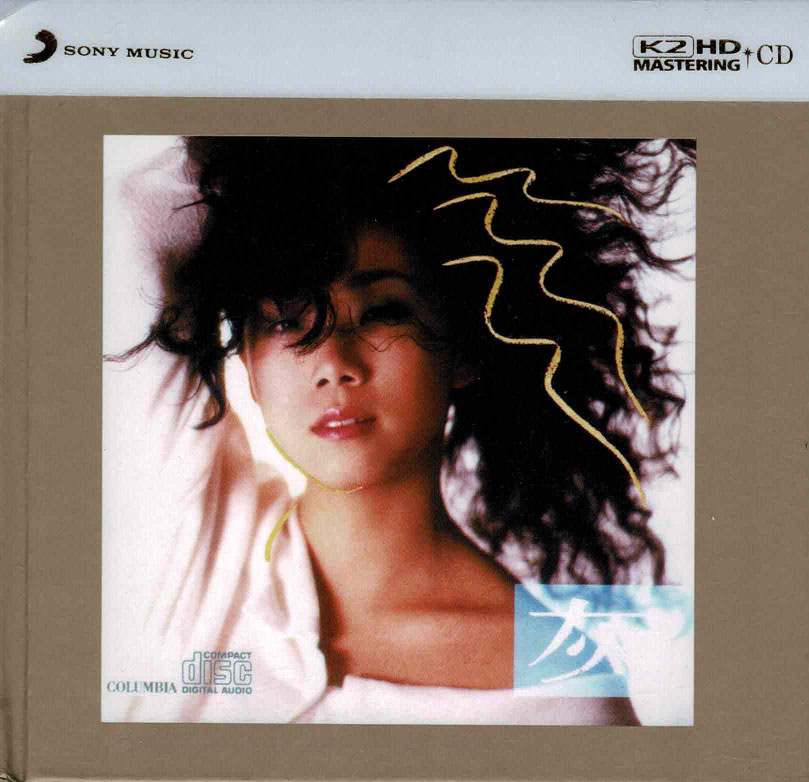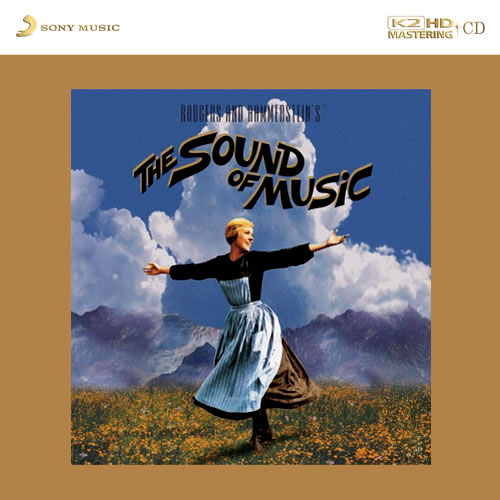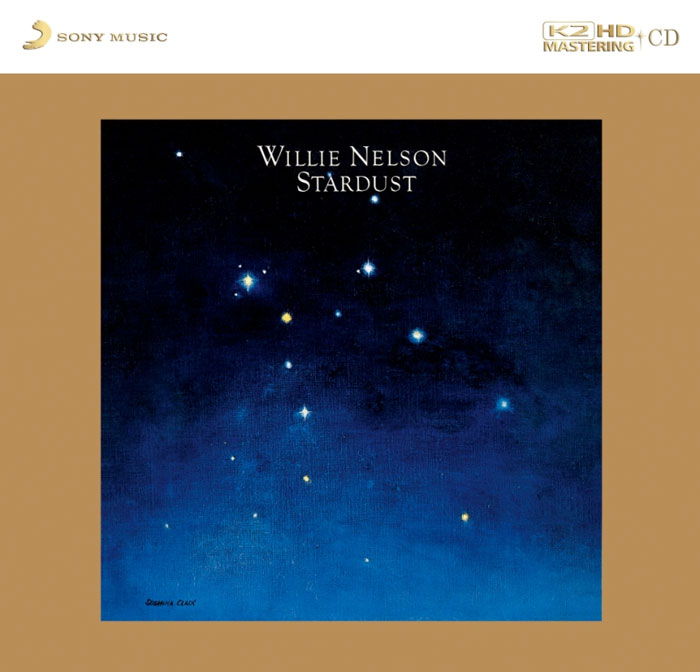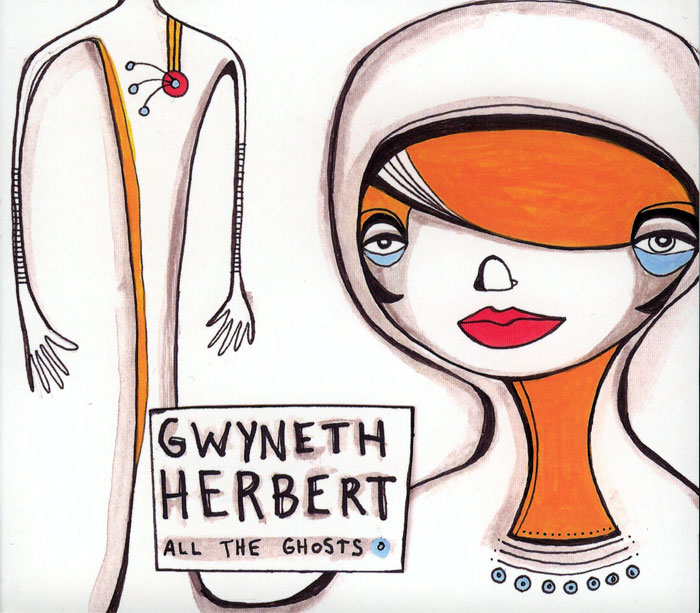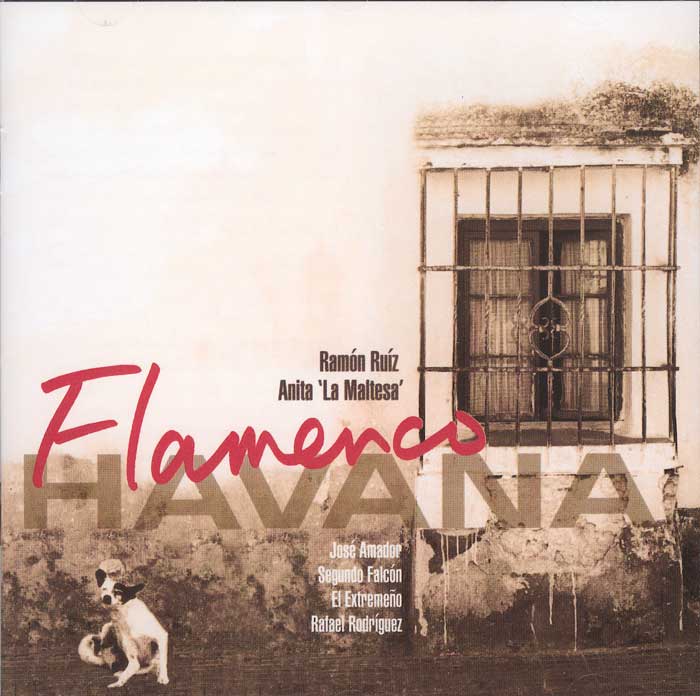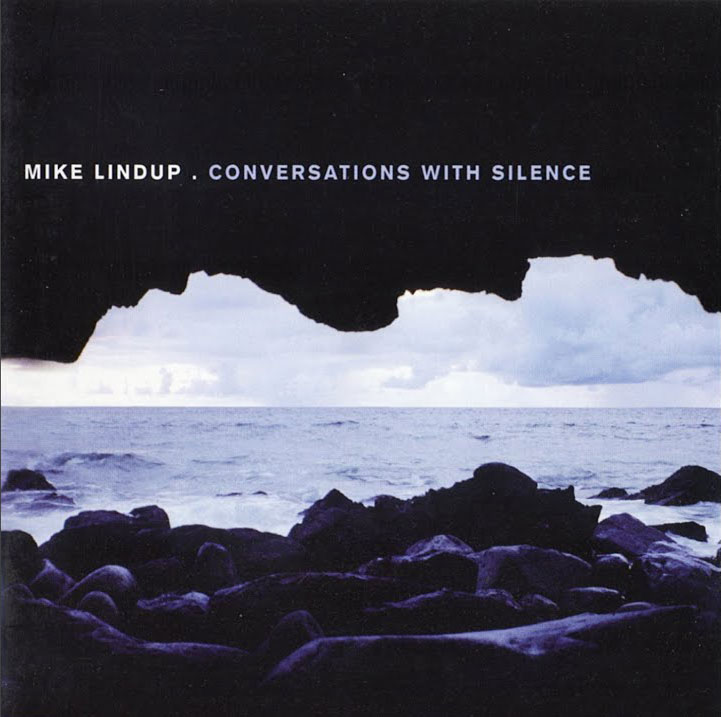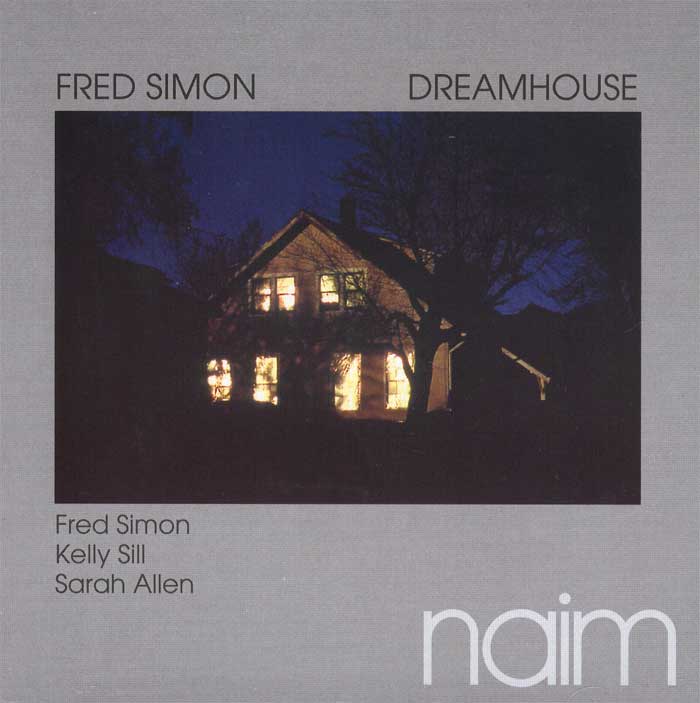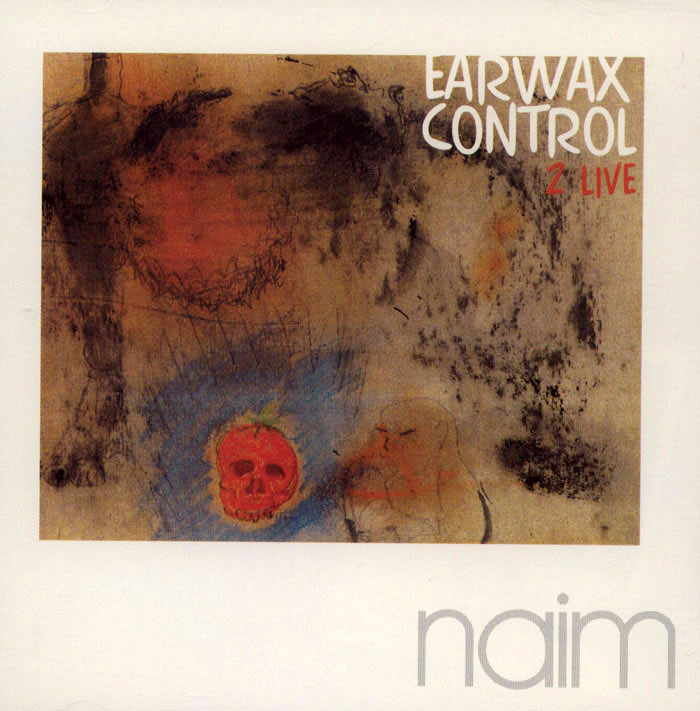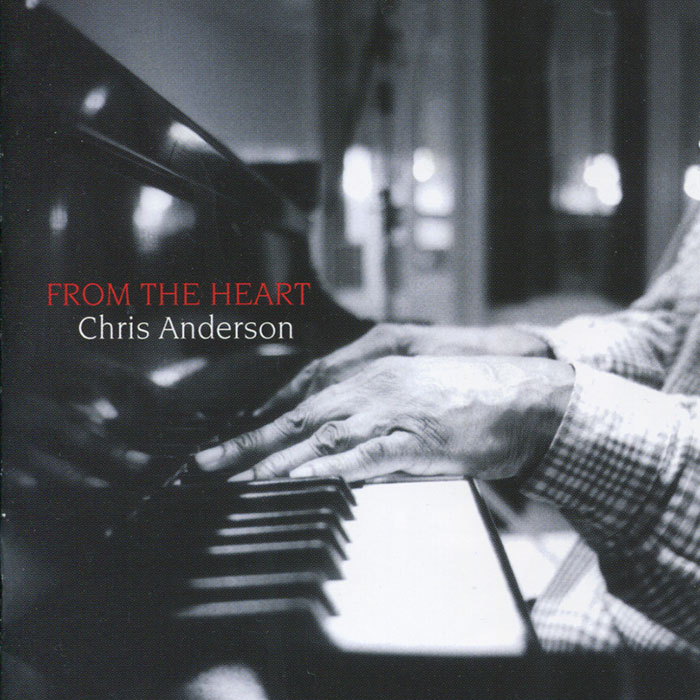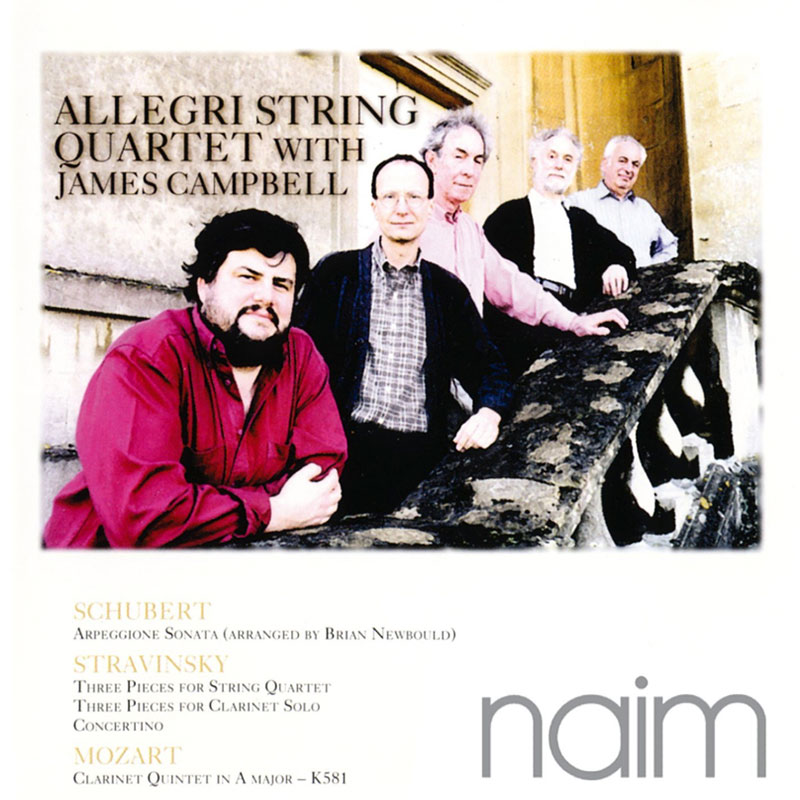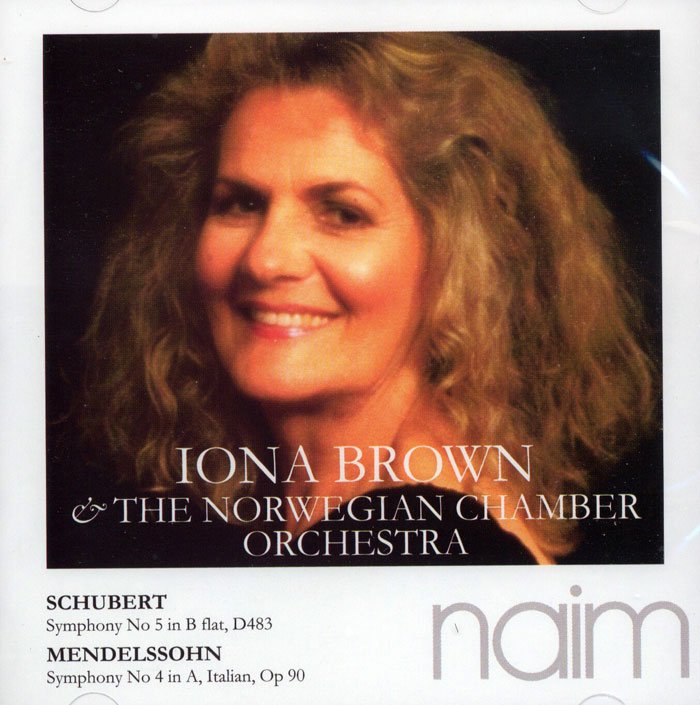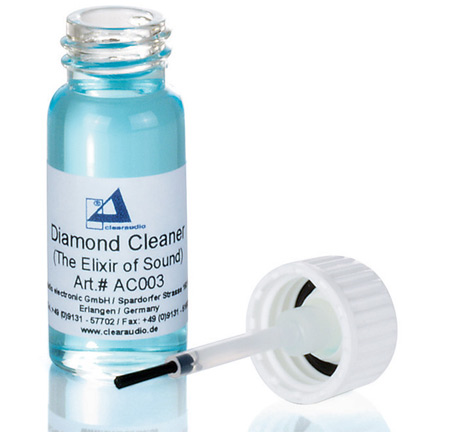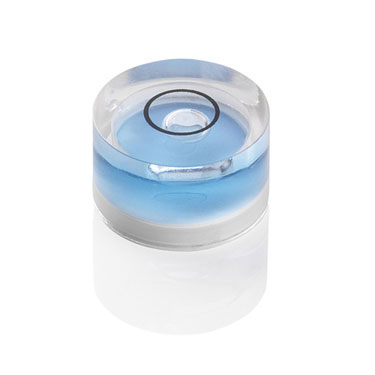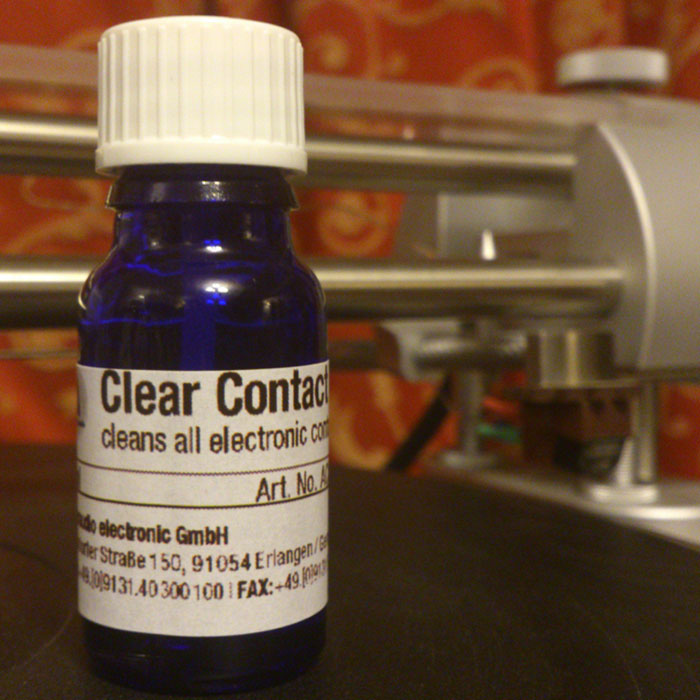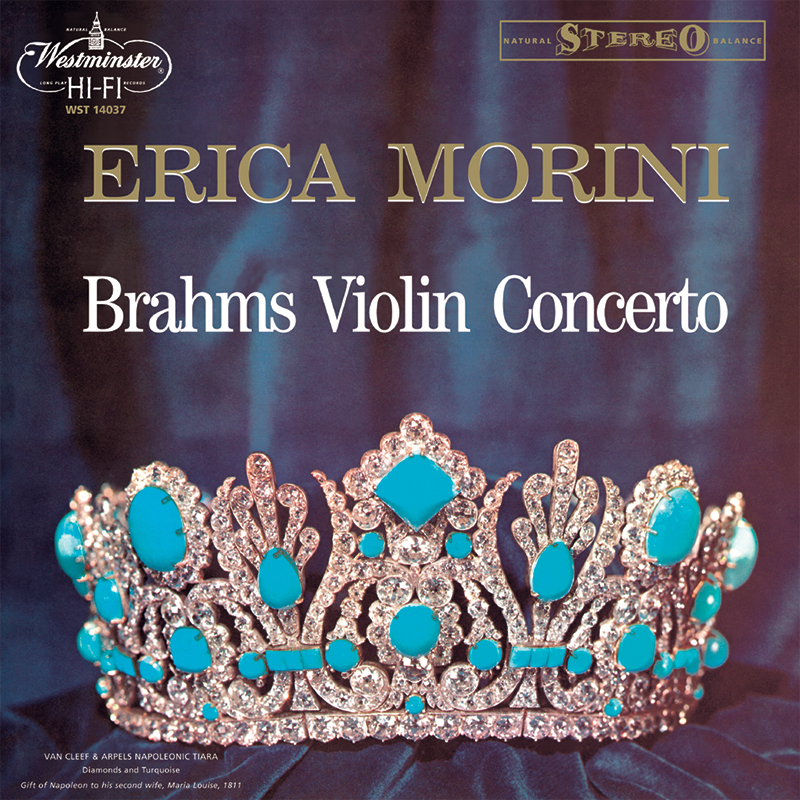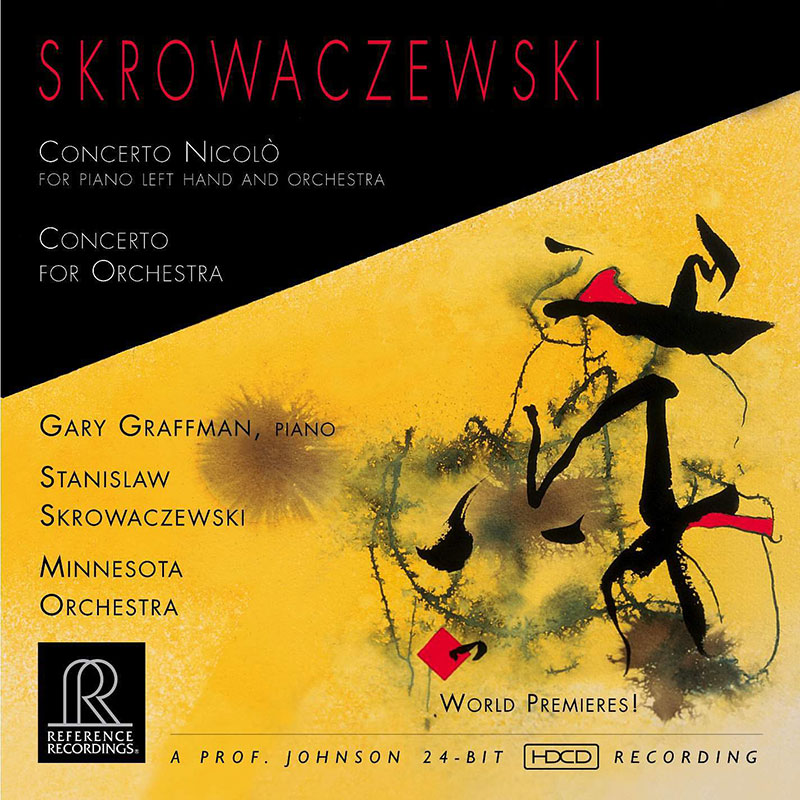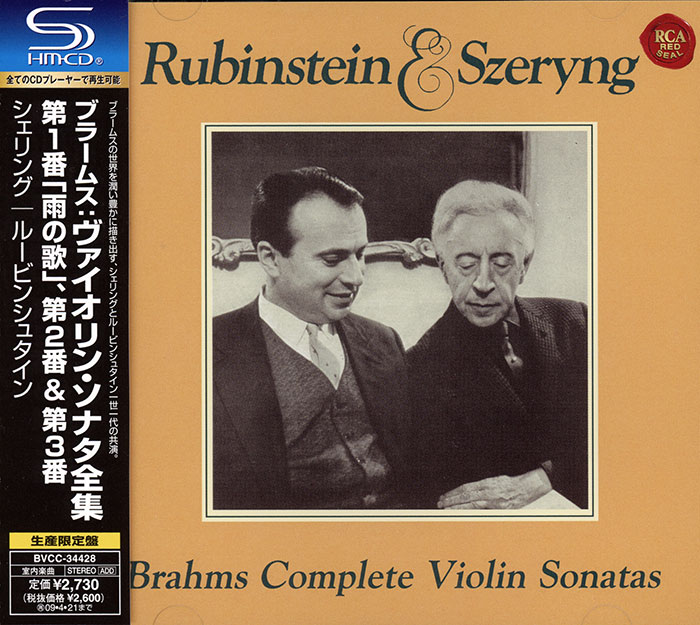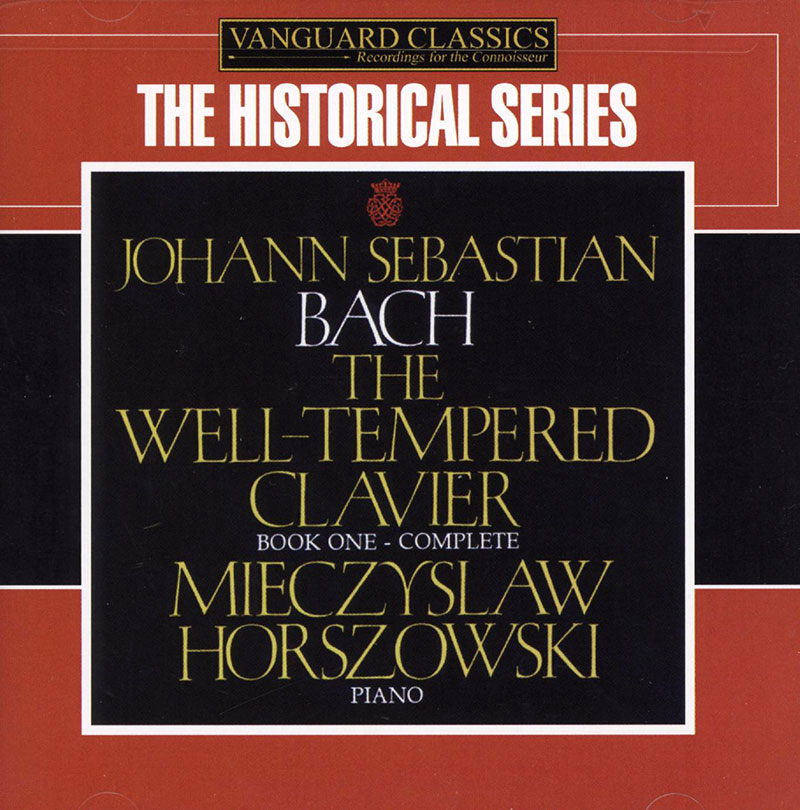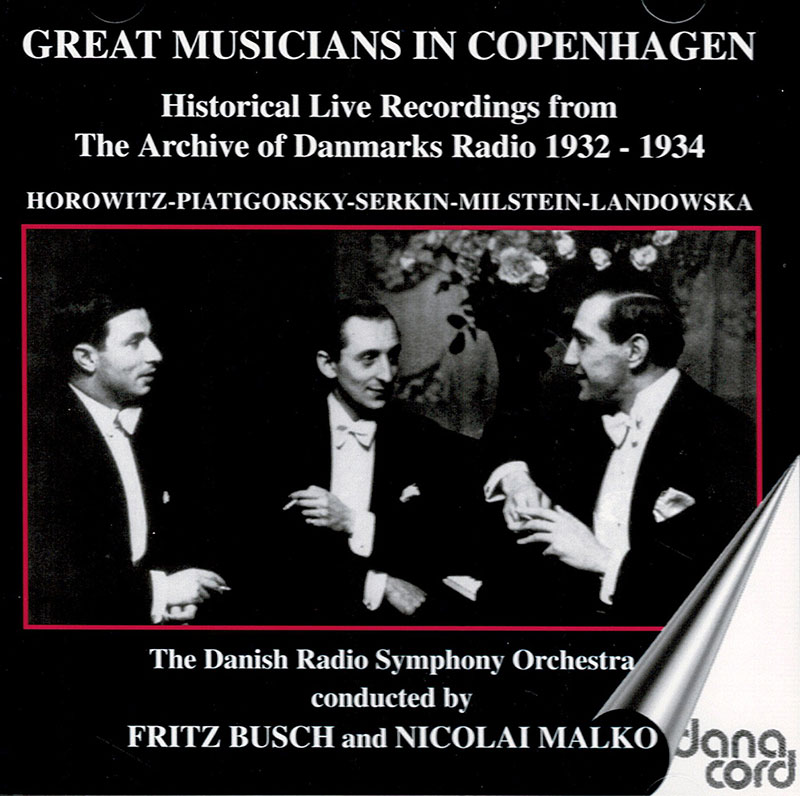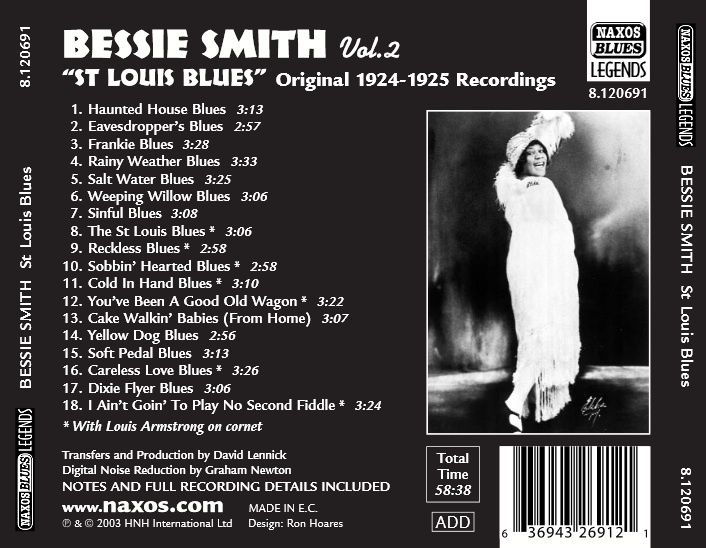Logowanie
Najbardziej analogowe brzmienie na CD - K2HD nastę
BEETHOVEN, Bruno Walter
Symphony No. 6 'Pastorale'
Legendarna seria GREAT PERFORMANCES teraz na K2HD!
RODGERS, HAMMERSTEIN, Julie Andrews
Sound Of Music
EGZEMPLARZE NUMEROWANE Z PLATYNOWEJ PARTII 250-500 SZTUK!
NAIM Records - Delikatesy!
Winylowy niezbędnik
ClearAudio
Elixir of Sound
Nowa, jeszcze bardziej skuteczna receptura! Najlepszy na rynku płyn do igieł gramofonowych
ClearAudio
Poziomica gramofonowa - Dosenlibelle - Precision Bubble Level
Pierwszy i najważniejszy przyrząd do właściwej regulacji toru gramofonowego.
Osobowości
SKROWACZEWSKI, Stanislaw Skrowaczewski, Minnesota Orchestra
Concerto Nicolo for piano left hand and orchestra
WORLD PREMIERE!
Bessie Smith
St Louis Blues
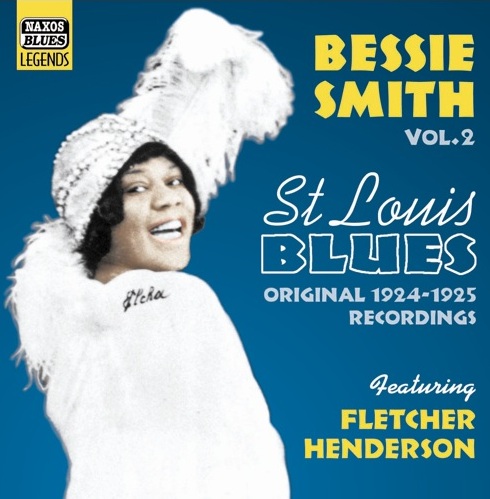
- Bessie Smith - singer
Original 1924-1925 Recordings
Featuring Louis Armstrong and Fletcher Henderson >>> Większa okładka A <<< >>> Większa okładka B <<< "At the time that Bessie Smith recorded the opening selection on this release, Haunted House Blues, she was three months shy of turning thirty and entering the period of her greatest popularity. Smith was headlining in her own show not only in the South but in such Northern cities as Chicago, Cleveland and Detroit. She appeared often on the radio and, most important for today’s listeners, was recording frequently and earning her title of “The Empress Of The Blues”. Born 15 April 1894 in Chattanooga, Tennessee, Bessie Smith never knew her father (who died while she was very young) and her mother passed away when she was ten. Raised by an older sister and growing up poor, she first performed at an amateur contest when she was ten, often raising money for the family by singing in the streets with her brother backing her on guitar. In 1912 when Smith was eighteen, she joined the Moses Stokes troupe as a dancer. The company’s vocalist was Ma Rainey, who is considered the first female blues singer and was an inspiration. Within a year or two, Smith was singing at Atlanta’s “81” Theatre and quickly becoming a popular attraction. She worked regularly on the road with a variety of companies and gained a strong reputation throughout the South for her powerful voice and highly expressive way of singing the blues. By 1920 she was heading her own show. The blues craze began in 1920 when Mamie Smith had a major bestseller in “Crazy Blues”. Suddenly the record labels, which had previously excluded black artists from the recording studios, went out of their way to document scores of female blues singers in hopes of duplicating Mamie Smith’s success. Among the many discoveries were Ethel Waters, Alberta Hunter, Ida Cox and Ma Rainey, but none made a greater impact than Bessie Smith. After auditioning unsuccessfully for the Edison label and recording two selections for Columbia on 15 February 1923 that for unknown reasons were rejected, Bessie Smith made her recording début the following day. Her very first recording, Alberta Hunter’s “Downhearted Blues”, became a major hit and within a year she was the most famous and popular of the classic blues singers. That seemed only fitting because she had the strongest and most memorable voice. While many other singers on early recordings were defeated by the inferior technical quality of both the recording equipment and their accompanists, the Empress simply overrode both. Few other singers from 1923 are listenable today but Smith, whether introducing “‘Tain’t Nobody’s Bizness If I Do” or putting a great deal of passion into “Jailhouse Blues” and “Mistreatin’ Daddy” (all to be found on Bessie Smith Vol.1: “Downhearted Blues”, Naxos Jazz Legends 8.120660), was way ahead of her contemporaries. In fact, she can be considered not only the finest blues singer of the 1920s but the first female jazz singer. During the period covered by Naxos’ second Bessie Smith reissue (9 January 1924 to 27 May 1925), the singer recorded 38 selections. The eighteen best are on this set and most of the selections have the singer accompanied by players taken from the leading jazz big band of the time, the Fletcher Henderson Orchestra. Haunted House Blues, which has Smith dealing with both haunting spirits and sound effects, and Eavesdropper’s Blues (discussing the perils of eavesdropping) team the Empress with pianist Henderson and clarinetist Don Redman (Henderson’s brilliant arranger). Haunted House Blues is particularly unusual for having a one-bar extension in the middle of each chorus, making it a very rare 13 (rather than 12) bar blues. Violinist Robert Robbins’ playing would distract most other singers but not Smith, who on Frankie Blues is heard at her most powerful. Rainy Weather Blues and Salt Walter Blues have Bessie interacting with the great trombonist Charlie Green. One of the first jazz players to swing consistently on record, Green’s tonal distortions and witty ideas always inspired Smith. Weeping Willow Blues adds cornettist Joe Smith to the group and he immediately became a great favorite of Bessie, who loved his mellow tone and the way that he complemented her. Sinful Blues has Bessie joined by her new accompanist, pianist Fred Longshaw, a better player than Fletcher Henderson and a regular in her live performances. A particularly unique aspect to this performance is that Smith takes her only kazoo solo on records, ending the song quite effectively. On 14 January 1925, Bessie Smith recorded the first of her sessions with Louis Armstrong. She may have preferred Joe Smith, but there was no better musical partner for her (at least among horn players) than the 23-year old Armstrong, who answers her statements with note-bending ideas that are both supportive and competitive. On a dramatic version of St Louis Blues (one of the finest ever recorded) and Reckless Blues, Longshaw switches to a reed organ which gives a church feel to the music. Sobbin’ Hearted Blues, Cold In Hand Blues and You’ve Been A Good Old Wagon (But You Dun Broke Down), with Longshaw back on piano, continues the musical magic between the singer and the cornetist. Smith is joined by seven musicians from the Henderson band on 5 May, including the first major tenor-saxophonist Coleman Hawkins and the fluent clarinetist Buster Bailey along with Joe Smith, Charlie Green and the Henderson rhythm section (sans drums). Although most famous for her blues singing, Smith was quite capable of swinging popular songs, as she shows on the spirited Cake Walkin’ Babies From Home. At the same session she waxed the definitive version of W. C. Handy’s Yellow Dog Blues. The final four selections on this collection all have Smith assisted by Charlie Green (who is showcased on Soft Pedal Dance) and Fletcher Henderson. Buster Bailey helps out on Dixie Flyer Blues (one of the earlier train songs) but it is the two reunions with Louis Armstrong (Careless Love Blues and I Ain’t Gonna Play No Second Fiddle) that are the obvious classics. In 1925, Bessie Smith had great success with her show in Chicago, she toured in the South, North and Midwest, and she made as much as $2,000 a week, a tremendous amount of money at the time, especially for a black performer. She was at the height of her powers, both artistically and commercially. And although there would be some hard times later in life, Bessie Smith would remain the unchallenged Empress of the Blues up until the time of her death on 26 September 1937. No one ever sang the blues with her power and passion. Scott Yanow – author of seven jazz books including Classic Jazz (which covers the 1920s), Swing and Trumpet Kings"
